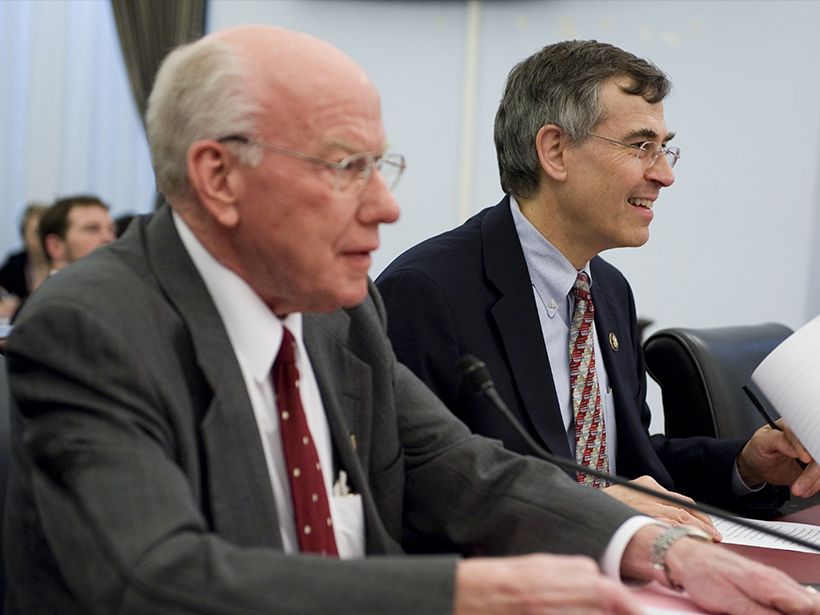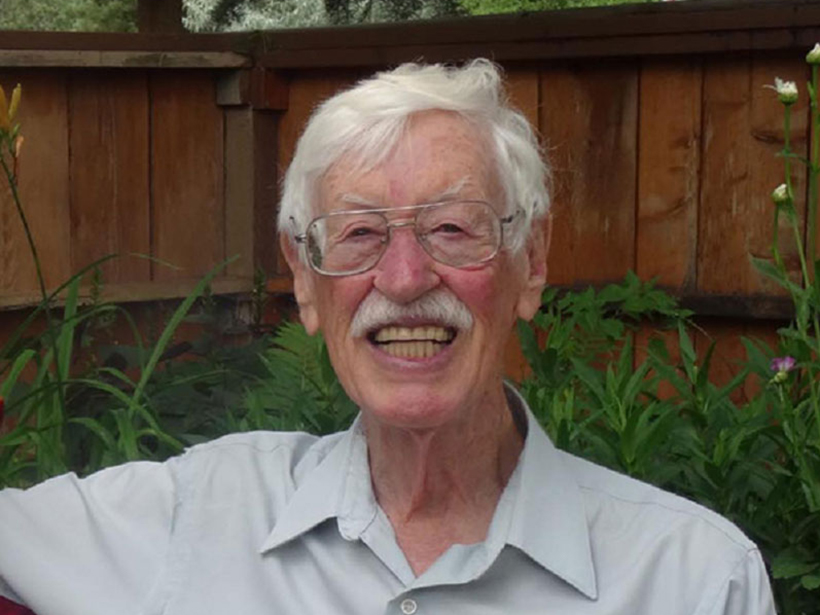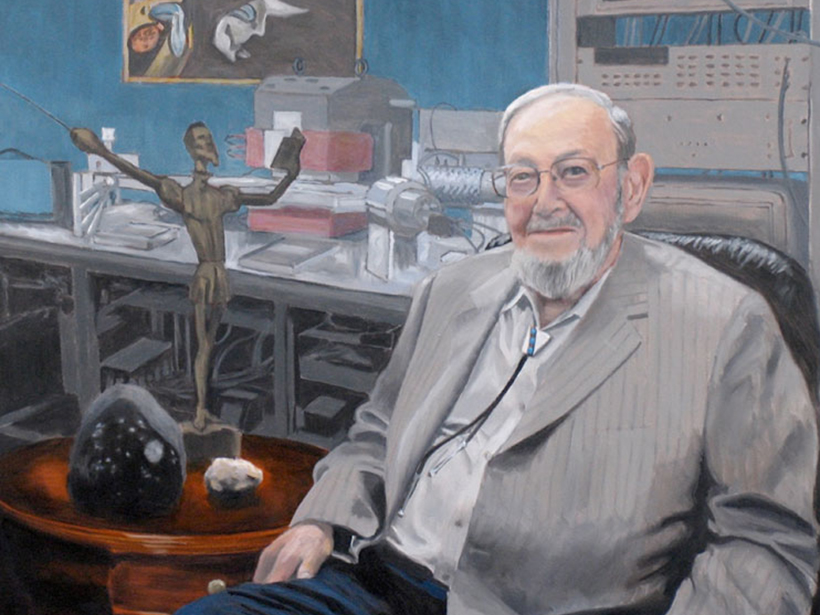Spilhaus led the organization during a period of significant growth and accomplishments.
Tribute
Harry W. Green II (1940–2017)
By keenly probing mantle rheology, interactions of deformations and phase transitions, and microscopic features, he made major contributions to petrology, mineralogy, and earthquake science.
Stanley “Stan” Ruttenberg (1926–2017)
This talented geophysicist, with his love of music, played key roles in the International Geophysical Year (1957–1958) and many other research programs, as well as in organizing a major music festival.
Joseph B. Walsh (1930–2017)
This world traveler and rugby enthusiast devised theories fundamental to such diverse fields as seismology, oil and gas exploration, and hydrology. He also designed the hull of the Alvin submersible.
Douglas D. Davis (1940–2016)
In labs on the ground and aboard aircraft, Davis shed light on chemical processes in the atmosphere and showed how humans contributed to these processes.
Richard J. O’Connell (1941–2015)
This son of a Montana sheriff discovered the fundamental rules underlying complex geophysical phenomena, and he taught others to do the same.
Physicist and Former Congressman Vernon Ehlers Dead at 83
A staunch supporter of science, Ehlers worked as a research scientist before going into politics.
Timothy A. Cohn (1957–2017)
Cohn emphasized the use of hydrologic science for the public good, to protect ordinary citizens from flood and pollution hazards and to reduce losses from natural disasters.
David S. Evans (1936–2016)
Evans, a pioneer of auroral physics, changed the way scientists thought about the aurora and magnetic fields and guided a new generation of researchers.
Gerald J. Wasserburg (1927–2016)
A leading geochemist who became well known for creating the first high-precision mass spectrometer, called Lunatic I, that measured isotope ratios in lunar samples from the Apollo missions.






